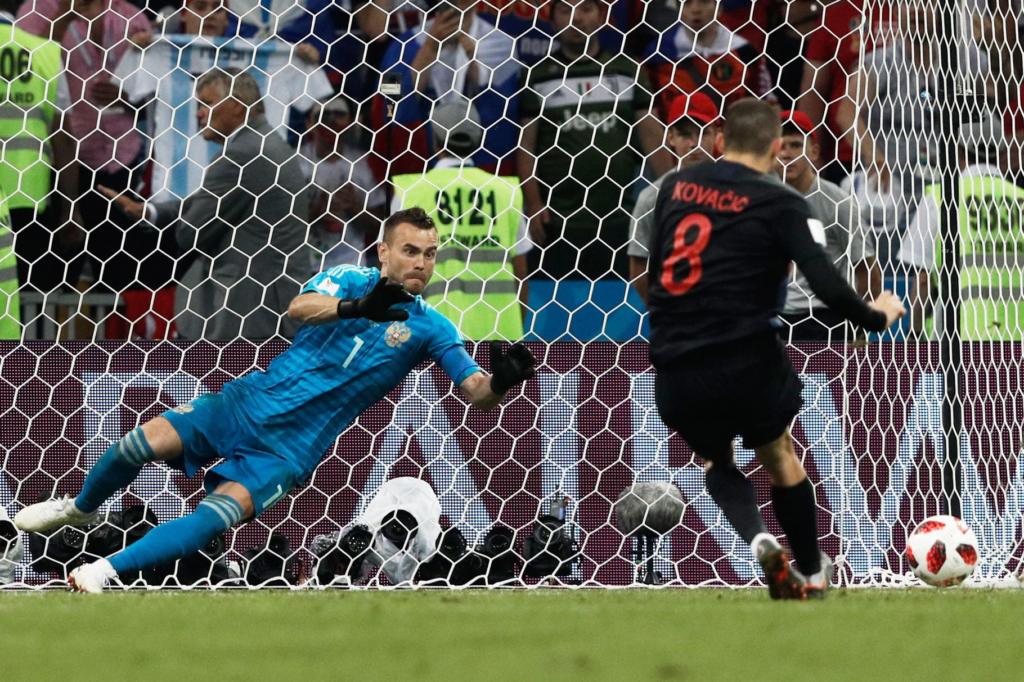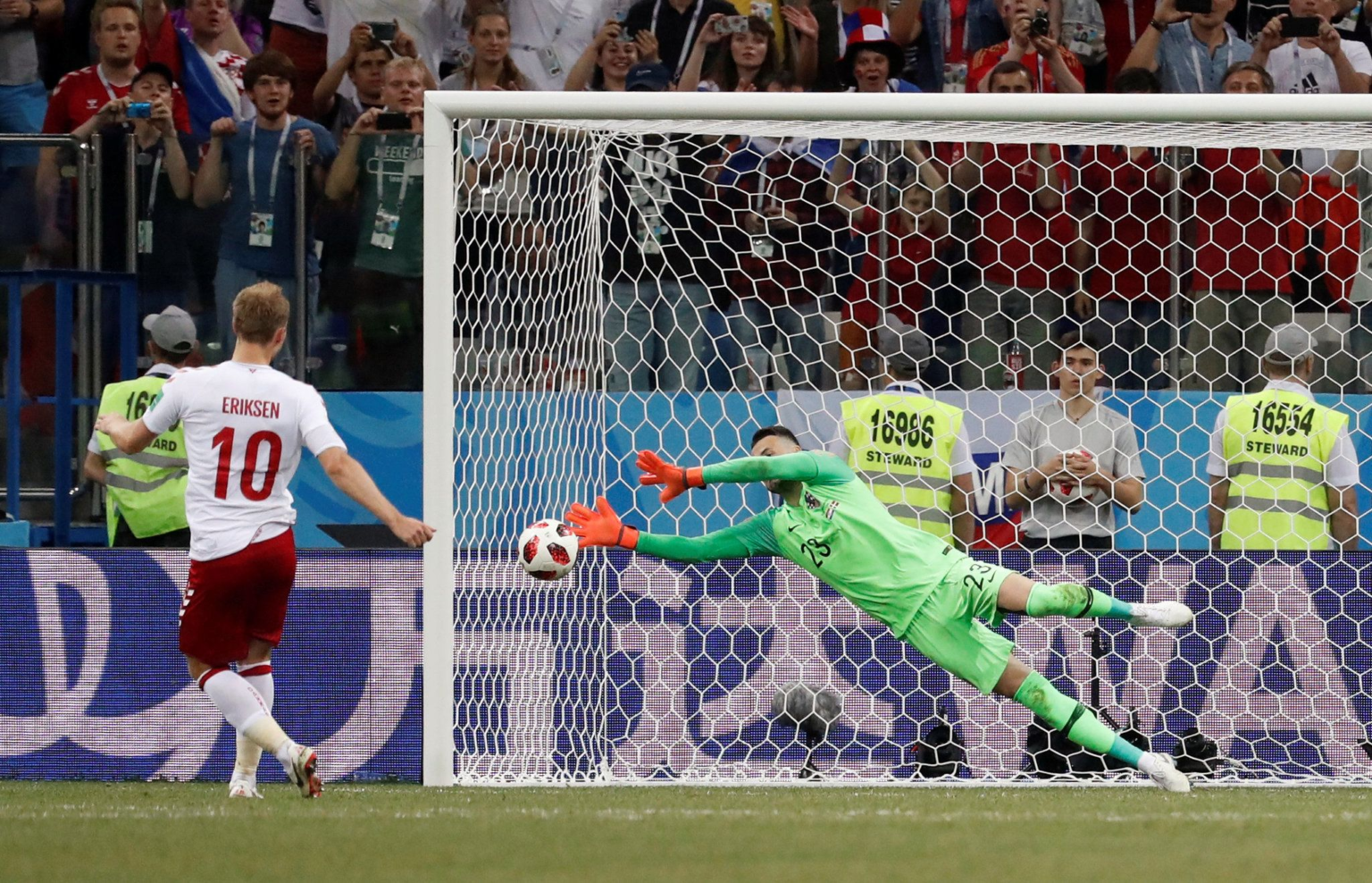Penalty kicks are one of the most thrilling and intense moments in any soccer match. Whether it’s to decide a World Cup winner or to seal a crucial victory in a local game, penalty kicks can make or break a player’s legacy. But what exactly makes a penalty kick so exciting, and how do players prepare for these high-pressure situations? Let’s dive into the world of penalty kicks and uncover the factors behind their success.
What Is a Penalty Kick?
A penalty kick is awarded when a player commits a foul inside their penalty area. The kick is taken from the penalty spot, which is 12 yards from the goal line. Only the goalkeeper can defend the shot, and it is an opportunity for the attacking player to score a goal without interference from the rest of the defending team.
How Does the Penalty Kick Work?
Once the referee signals for a penalty, the player has one chance to score. The ball is placed on the penalty spot, and the player must take the shot while facing only the goalkeeper. The goalkeeper’s role is to anticipate the direction of the shot and block it, often diving to either side of the goal.
Mental Strength: Key to Success
Mental preparation is just as important as physical skill when it comes to penalty kicks. Players must block out distractions and stay calm. The pressure can be overwhelming, especially if the outcome of the game depends on that one shot. Many successful penalty takers focus on their routine to stay relaxed and confident.
The Psychology Behind Penalty Kicks
In high-stakes situations, the psychological battle is fierce. Some players aim for a specific corner of the goal, while others prefer to wait until the last moment to decide where to place the ball. Goalkeepers, on the other hand, use their intuition and training to predict where the ball might go. The slightest hesitation can mean the difference between scoring and missing.

Famous Penalty Kick Moments
Over the years, penalty kicks have created unforgettable moments in soccer history. From Roberto Baggio’s miss in the 1994 World Cup final to Lionel Messi’s decisive penalty in the 2021 Copa America final, penalty kicks have become moments of glory or heartbreak. These moments remind us how the skill, nerves, and timing of a penalty taker are put to the ultimate test.
The Rules of the Game
The Spot: The kick is taken from the penalty spot, 12 yards from the goal line. This spot is clearly marked with a white circle, and it’s located in the center of the penalty area.
The Ball: The ball must be placed on the penalty spot before the kick can be taken. The kicker is not allowed to touch the ball again after it has been placed on the spot.
The Kicker: The kicker must be identified to the referee before the kick is taken. The kicker is not allowed to feint or delay their kick in any way.
The goalkeeper is not allowed to move off the goal line or distract the kicker in any way.
Other Players: All other players must remain outside the penalty area until the ball is kicked. This includes the players from the defending team, as well as the players from the attacking team.
The Referee: The referee is responsible for enforcing the rules of the penalty kick. The referee will blow their whistle to signal that the kick can be taken. The referee will also keep track of the time, and they will stop the clock if the kick is not taken within a reasonable amount of time.
High-Pressure Moments
Penalty kicks are one of the most high-pressure moments in football. The weight of the game often rests on the shoulders of the kicker, who must remain calm and focused in the face of immense pressure. The goalkeeper, too, faces a daunting task, as they must try to anticipate the direction of the kick and make a split-second decision to dive. The tension in the stadium is palpable as the kicker steps up to take the penalty, and the roar of the crowd can be deafening. The outcome of a penalty kick can often determine the result of a match, and in some cases, it can even decide the fate of a team.
Mental Fortitude: Successful penalties require composure, technique, and the ability to stay focused under intense pressure.
Goalkeeper’s Guesswork: Goalkeepers rely on intuition and sometimes a bit of luck to anticipate the direction of the kick
FAQs About Penalty Kicks
1. How many steps should a player take before taking a penalty kick?
There is no fixed rule, but players typically take 3-5 steps before striking the ball. The key is to maintain a smooth, controlled approach that helps build rhythm and confidence.
2. What should a player focus on before taking the kick?
Players should focus on their routine and visualization. Many successful penalty takers imagine themselves scoring the goal before stepping up to the spot. This mental focus can help alleviate the pressure.
3. Can a goalkeeper move before the ball is kicked?
No, the goalkeeper must remain on their line until the ball is kicked. If they move prematurely, the penalty kick may be retaken.
4. What is the best technique for taking a penalty kick?
Striking the ball with the inside of the foot is common, as it provides control and accuracy. Many players choose to place the ball in the bottom corners of the goal for the best chance of scoring.
5. How can a goalkeeper improve their chances of saving a penalty kick?
The Life Goalkeepers often study the penalty habits of players to anticipate where they might shoot. Quick reactions, a good dive technique, and mental focus are also key to making a save.
6. Are penalty shootouts always necessary?
Hellenic Penalty shootouts are used when the score is tied after extra time in knockout stages of tournaments. They are used to determine a winner when a clear result is needed after regular play.
To read more, Click Here

